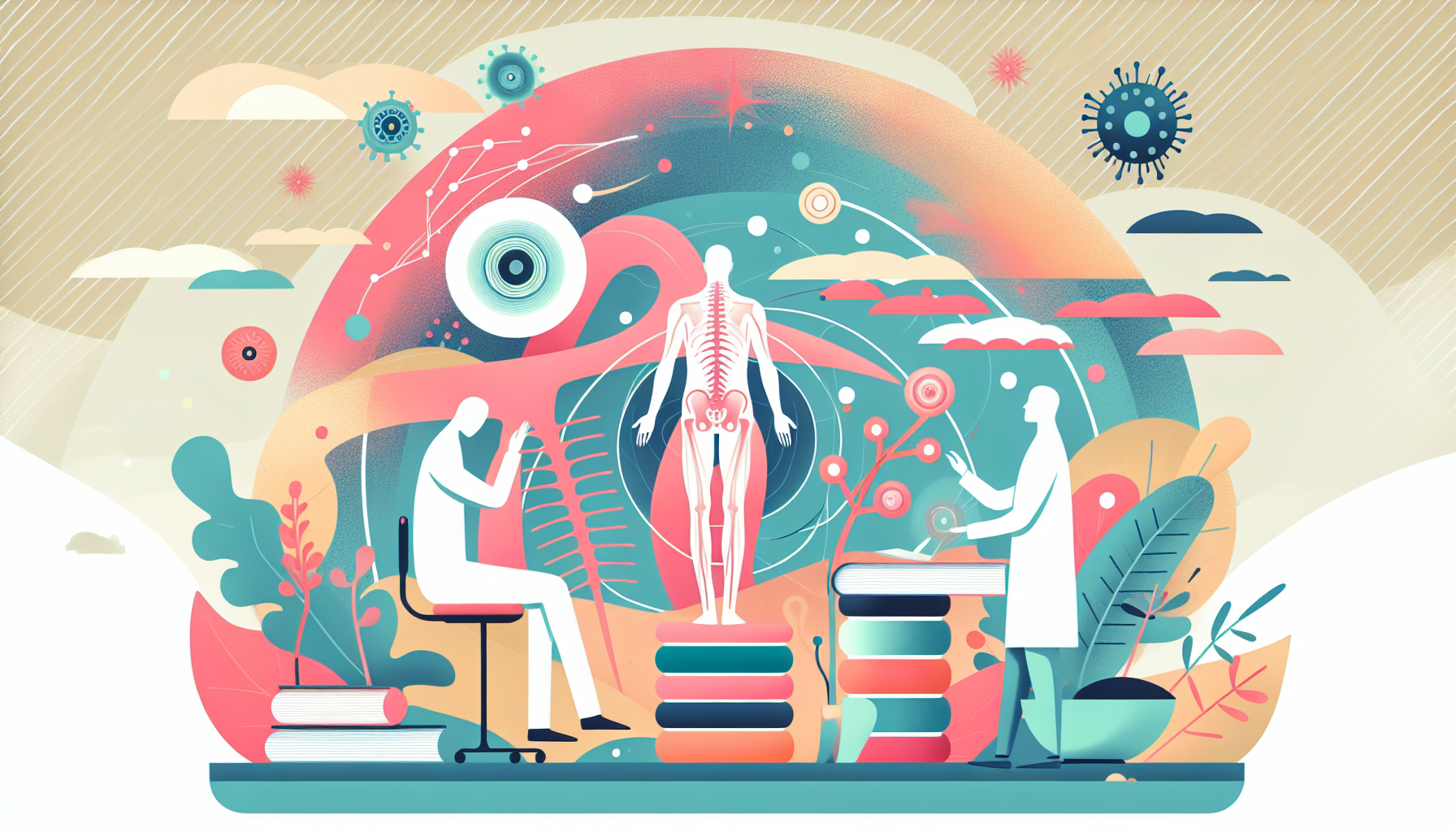Tirzepatide for Sleep Apnea - Can It Help?
Understanding Sleep Apnea and Its ChallengesSleep apnea is a common yet serious sleep disorder characterized by repeated interruptions in breathing during sleep. These pauses [...]
Read MoreDegenerative disk disease is a condition that occurs when the disks in your spine begin to wear down, causing pain and discomfort. Despite its name, it's not actually a disease but rather a natural part of the aging process. However, certain factors can accelerate disk degeneration, such as injuries, sports, and daily activities.
Spinal disks are the shock absorbers between the vertebrae (bones) in your spine. They help your back stay flexible, allowing you to bend and twist. As you age, these disks can begin to break down and may not work as well, leading to pain and other symptoms.
Degenerative disk disease typically develops in the parts of your spine that move the most:
Lumbar degenerative disk disease: This occurs in your lower back (lumbar spine), which has five vertebrae (L1 to L5). About 90% of disk problems caused by degenerative disk disease happen in this area.
Cervical degenerative disk disease: This happens in your neck (cervical spine), which has seven vertebrae. Disk degeneration in this area can make movements like turning your head or looking up and down painful and difficult.

Spinal disks are made up of a soft inner core and a tough outer wall. Over time, they can begin to dry out, crack, or become damaged due to:
Aging
Obesity
Heavy lifting and manual labor, especially with improper technique (such as lifting with your back instead of bending your knees)
Family history
Smoking
These factors can contribute to the development of degenerative disk disease, even if you don't experience pain right away. Using proper lifting techniques, such as bending your knees and keeping your back straight, along with regular stretching, can help reduce the risk of accelerating disk degeneration.
Common signs and symptoms of degenerative disk disease include:
Sharp or constant pain in your back and neck
Pain that worsens when sitting and improves with movement
Pain that gets better when changing positions or lying down
Numbness and tingling in your arms and legs
Weakness in your leg muscles
Radiating pain that travels from the spine to other parts of your body
The pain may range from mild to severe and can radiate to other parts of your body if the damaged disk pinches or compresses the nerves in your spine. This radiating pain is an important symptom that can help distinguish degenerative disk disease from other back conditions.
To diagnose degenerative disk disease, your doctor will discuss your medical history and symptoms, perform a physical examination, and may order imaging tests like X-rays or MRIs to check for bone or nerve damage near your spine.
Treatment for degenerative disk disease aims to ease pain and prevent further damage. Options may include:
Over-the-counter pain relievers
Prescription medications
Physical therapy
Steroid shots
Radiofrequency neurotomy
Surgery (e.g., spinal fusion, diskectomy, artificial disk replacement)
In addition to medical treatments, lifestyle changes such as maintaining a healthy weight, quitting smoking, getting regular exercise, and improving your posture can help manage pain and prevent further disk degeneration.
While you can't completely prevent degenerative disk disease, you can take steps to reduce your risk and manage your symptoms:
Maintain a healthy weight
Quit smoking or avoid starting
Exercise regularly with low-impact activities
Practice good posture
Use proper lifting techniques: bend your knees, not your back
Stretch regularly to maintain flexibility
Avoid heavy lifting and high-impact exercises when possible
If you experience persistent or severe back pain, especially pain that radiates to other parts of your body, consult your doctor to develop an appropriate treatment plan.
Understanding Sleep Apnea and Its ChallengesSleep apnea is a common yet serious sleep disorder characterized by repeated interruptions in breathing during sleep. These pauses [...]
Read MoreHeart attacks are often perceived as a predominantly male health issue, but the reality is that heart disease is the leading cause of death for women worldwide. Recognizing [...]
Read MoreTelehealth has transformed the way patients access healthcare, offering convenience, speed, and accessibility that traditional in-person visits often cannot match. With the [...]
Read More